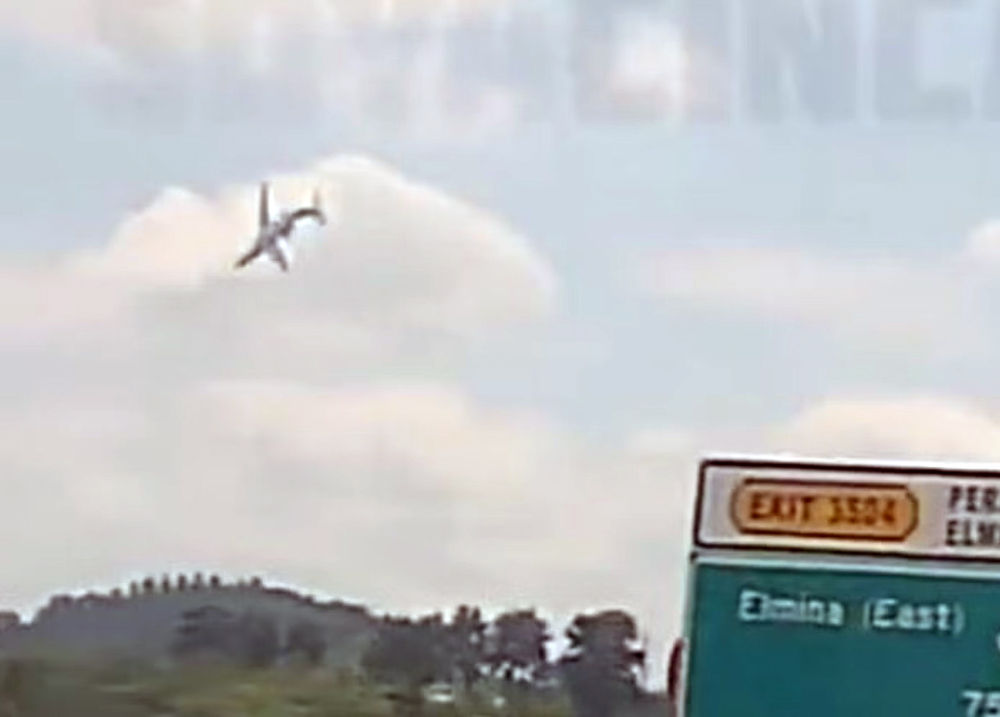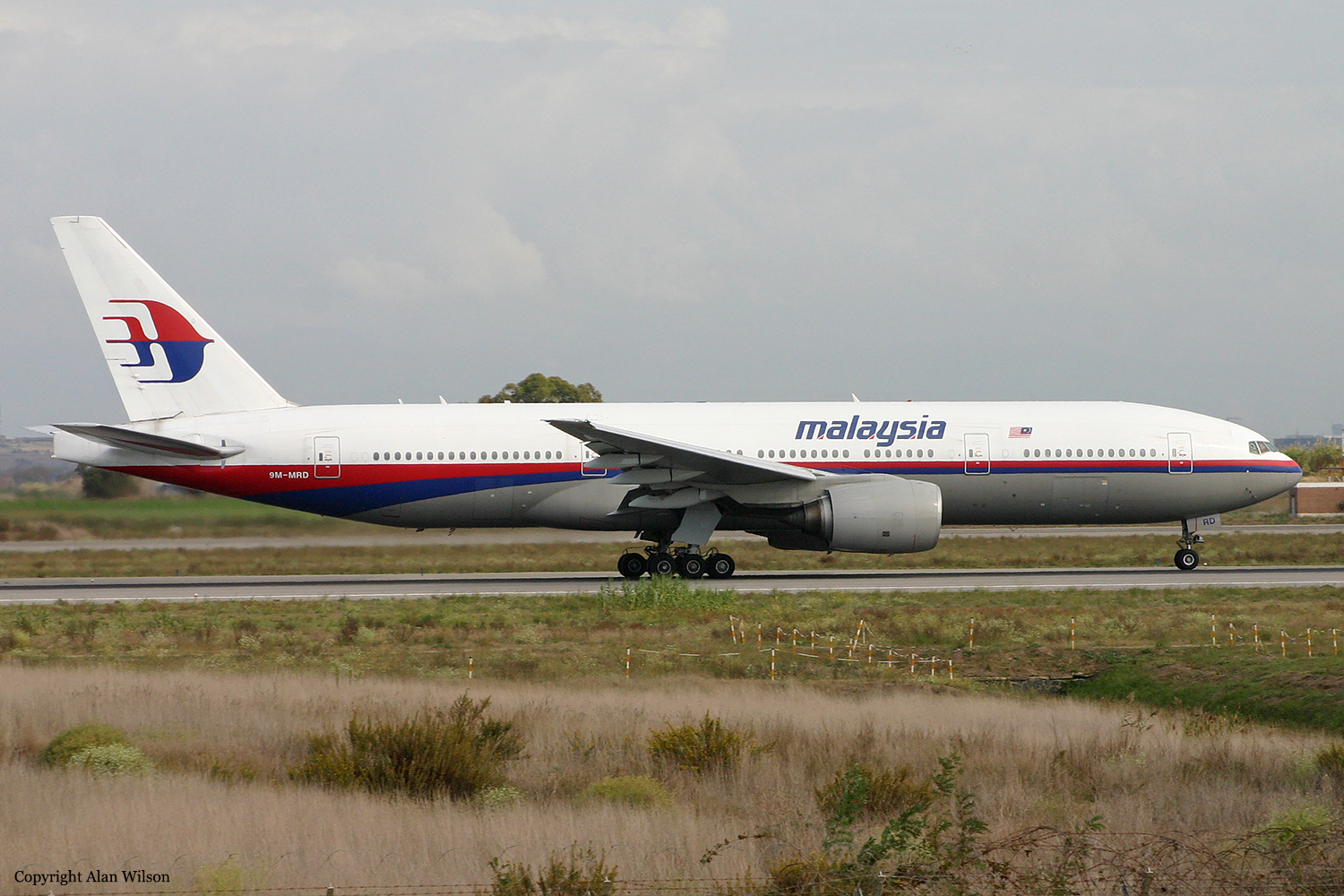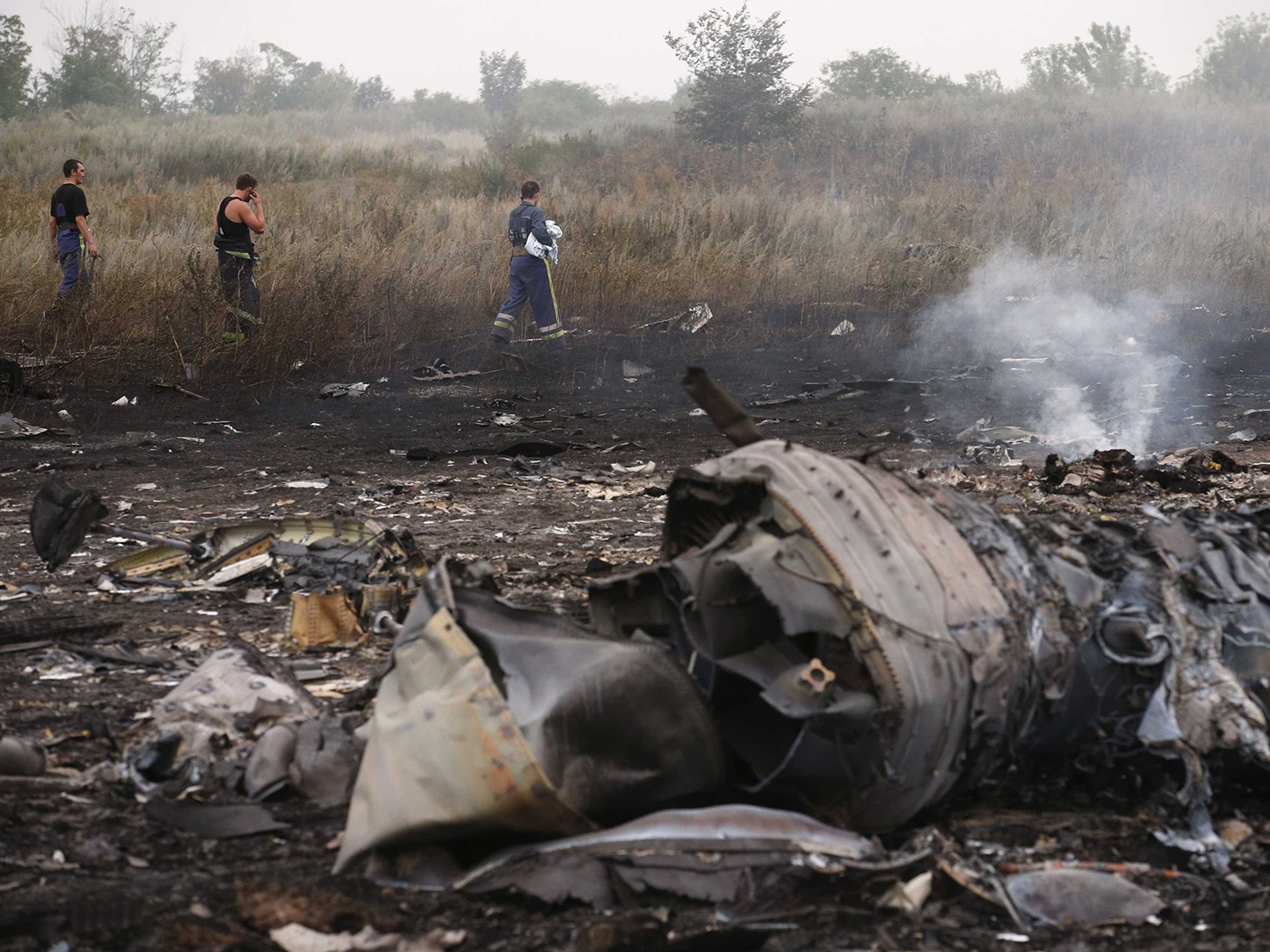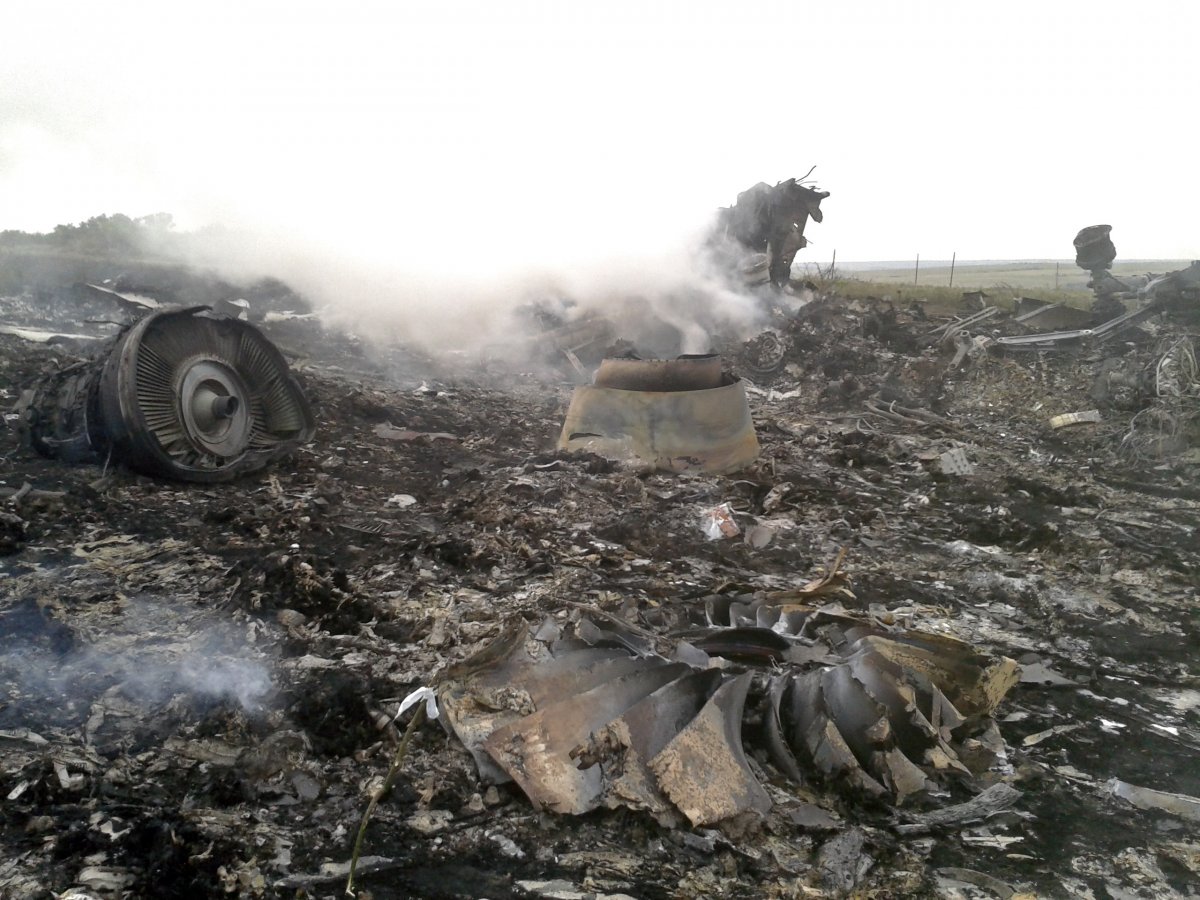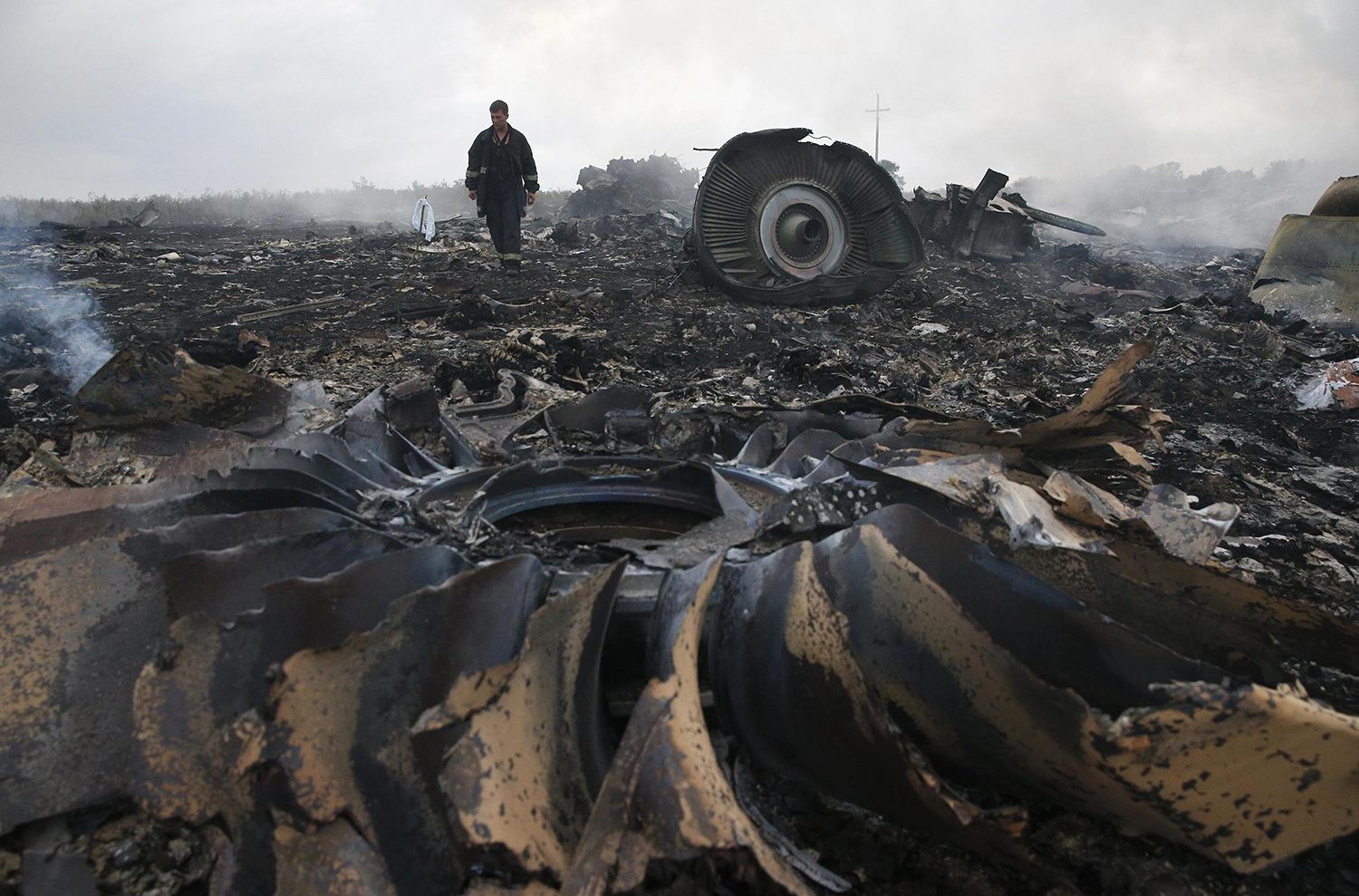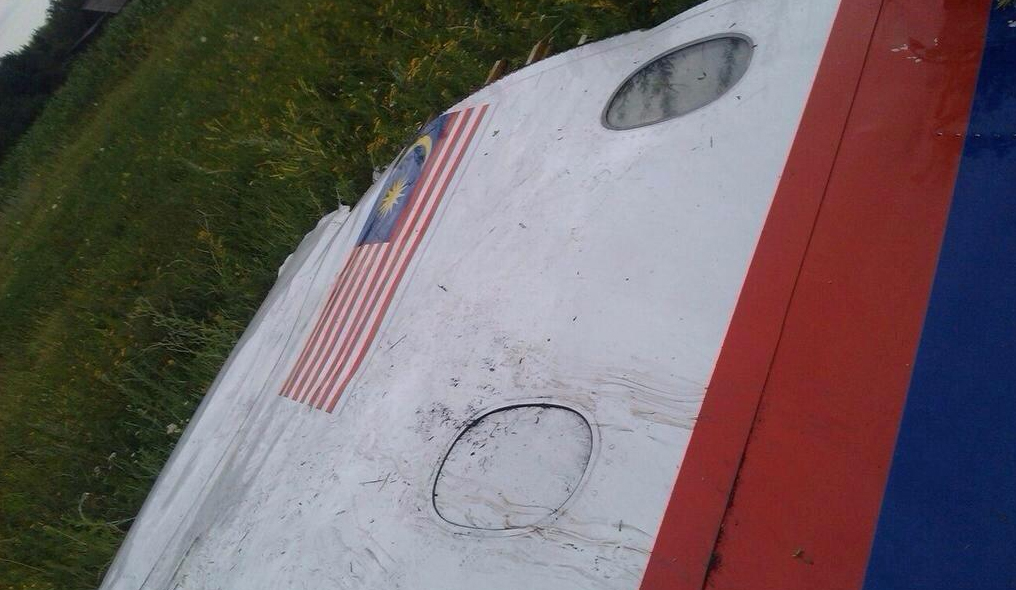Crash of a Raytheon 390 Premier I in Kuala Lumpur: 10 killed
Date & Time:
Aug 17, 2023 at 1449 LT
Registration:
N28JV
Survivors:
No
Schedule:
Langkawi - Kuala Lumpur
MSN:
RB-97
YOM:
2004
Crew on board:
2
Crew fatalities:
Pax on board:
6
Pax fatalities:
Other fatalities:
Total fatalities:
10
Captain / Total hours on type:
36.00
Copilot / Total hours on type:
3
Aircraft flight hours:
3142
Circumstances:
N28JV departed WMKL with eight persons on board at approximately 1408 LT, heading to WMSA. At around 1446 LT, N28JV contacted the WMSA air traffic tower controller to report it was established on the NBD Runway 15 approach and requested landing clearance. At 1448:36 LT, N28JV was cleared to land on Runway 15. The flight acknowledged the clearance at 1448:41 LT. No further radio transmissions were heard from the flight. Automatic Dependent Surveillance–Broadcast (ADS-B) data indicated that at 1447:24 LT, at an altitude of 2,600 feet, the aircraft began a speed reduction and descent. At approximately 1449:06 LT, at an altitude of 1,025 feet, the aircraft initiated a right turn, continuing until about 1449:14 LT, when it was at an indicated height of 550 feet. This was the last recorded data transmission from the accident flight, which was near the accident location. The ground speed during the right turn ranged between 146 and 154 knots. The aircraft crashed at Persiaran Elmina, Elmina, Shah Alam. The airplane was destroyed following the ground impact and subsequent fire. All eight occupants and two ground bystanders were fatally injured.
Probable cause:
The accident was primarily caused by the inadvertent extension of the lift dump spoilers by the flight crew while performing the Before Landing checklist.
The following contributing factors were identified:
- Inadvertent Extension of Lift Dump Spoilers: The primary cause of the accident was the inadvertent extension of the lift dump spoilers, most likely by the Second-in-Command, during the Before Landing checks. This action led to a sudden loss of lift, resulting in catastrophic loss of control and the subsequent crash.
- Deviation from Seating Protocols: The seating arrangement of the crew deviated from established protocols, with the Pilot-in-Command occupying the right hand seat and the Second-in-Command in the left-hand seat, contrary to the Airplane Flight Manual. This deviation likely contributed to ineffective crew resource management and communication.
- Inadequate Crew Training and Awareness: Insufficient crew training and awareness regarding the operation of the lift dump system were contributing factors to the accident. The Second-in-Command's unfamiliarity with the specific risks associated with the lift dump system led to the inadvertent extension of the spoilers.
- Regulatory Grey Areas and Oversight Gaps: Regulatory grey areas and organisational practices compromised safety oversight and compliance. The aircraft operator's failure to obtain necessary approvals for non-scheduled air services and comply with Malaysian regulations highlighted gaps in operational oversight.
- Communication and Decision-Making: Ineffective communication and decision-making processes were evident during critical phases of the flight. The absence of specific briefings or warnings about the lift dump system operation and the decision to deviate from standard seating protocols underscored deficiencies in communication and decision-making.
The following contributing factors were identified:
- Inadvertent Extension of Lift Dump Spoilers: The primary cause of the accident was the inadvertent extension of the lift dump spoilers, most likely by the Second-in-Command, during the Before Landing checks. This action led to a sudden loss of lift, resulting in catastrophic loss of control and the subsequent crash.
- Deviation from Seating Protocols: The seating arrangement of the crew deviated from established protocols, with the Pilot-in-Command occupying the right hand seat and the Second-in-Command in the left-hand seat, contrary to the Airplane Flight Manual. This deviation likely contributed to ineffective crew resource management and communication.
- Inadequate Crew Training and Awareness: Insufficient crew training and awareness regarding the operation of the lift dump system were contributing factors to the accident. The Second-in-Command's unfamiliarity with the specific risks associated with the lift dump system led to the inadvertent extension of the spoilers.
- Regulatory Grey Areas and Oversight Gaps: Regulatory grey areas and organisational practices compromised safety oversight and compliance. The aircraft operator's failure to obtain necessary approvals for non-scheduled air services and comply with Malaysian regulations highlighted gaps in operational oversight.
- Communication and Decision-Making: Ineffective communication and decision-making processes were evident during critical phases of the flight. The absence of specific briefings or warnings about the lift dump system operation and the decision to deviate from standard seating protocols underscored deficiencies in communication and decision-making.
Final Report:




